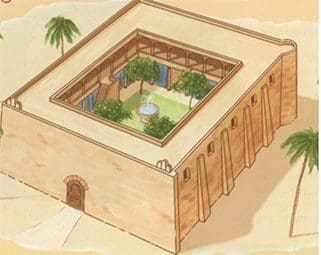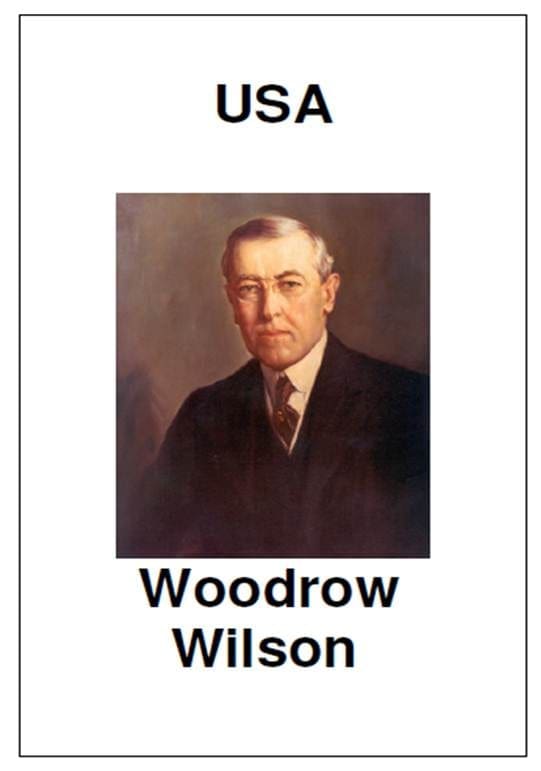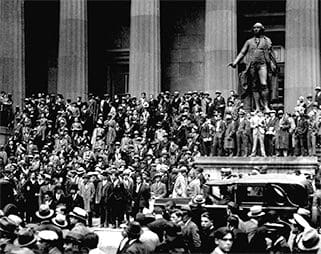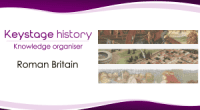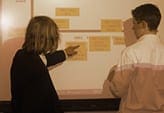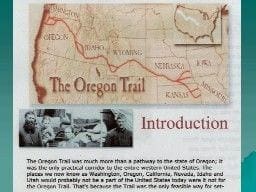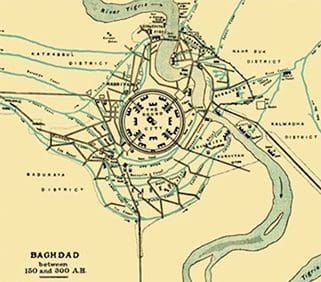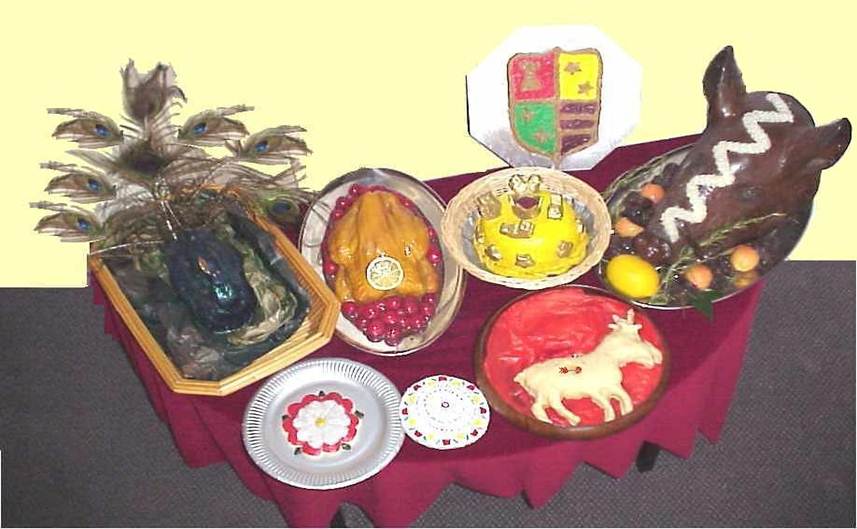
1. Why are lessons still called ‘outstanding’?
I am often asked how the lessons section of the site should be used and why the term outstanding is still used when OFSTED no longer apply it to lessons. Let me explain. The vast majority of the lessons on the site were either planned by or with me or observed by me when I was working as an LA adviser in Hampshire of when carrying out inspections for OFSTED. As many of these were. A few years ago now, they still carry the label attached to them at the time they were taught.i.e outstanding. You can see what criteria were used by looking on the site. So you will know that the lessons ‘worked’ in one school in one place at one time. As such they are an exemplar not a template. Nor do they carry a guarantee that they will work in all schools, in all contexts no matter what the quality of teaching. So they are best seen as a POSSIBLE model, one which you can and should adapt to suit your teaching strengths and pupils’ prior attainment.
2.If its not a template, why have structured steps?
The purpose of the steps is to encourage teachers to consider the nature and purpose of different stages of the learning process. Some of us presided over the government’s ill-fated attempt to make schools follow a crude three-part lesson, which for many just didn’t work. We have a series of steps to highlight how a lesson might start, how it might develop in several steps and how it might conclude. None of this suggests it is the only way to do it, nor even necessarily the best, but rather that a teacher tried this approach and it led to outstanding learning.
3.Isn’t this approach too prescriptive. What about teacher creativity?
We are very conscious that there is a danger of teachers just printing off the lessons and working through the steps. In reality of course, this hardly ever happens. Teachers nearly always adapt the material. That is why we encourage schools to copy the plan and make their own changes, as necessary. Likewise, with the Resources, we have ensured that all PowerPoints and activity sheets can easily be adapted. Fundamental to the ethos of our website is the belief that a good idea only becomes a great one when the teacher makes the necessary changes to match it to the needs of his or her class.
4. Can I make my own changes to the Keystage history lesson plans?
Of course you should and most of you will. Although the lessons save you time, their prime function is to enhance professional development. By seeing what another good practitioner has done, we feel you will be inspired to do even better. All we would ask is that if you make any adaptations, always keep in mind key features of strong, well-taught, knowledge-rich primary history curriculum:
• Arousing pupils’ curiosity to know more and using your infectious enthusiasm to stoke the fires of this curiosity throughout the enquiry, making sure that the sessions clearly build important knowledge AND conceptual understanding, usually through well-chosen enquiry questions with explicit history learning objectives.
• ensuring vocabulary is absolutely secure through vivid visual images and through plenty of practice in using vocabulary in purposeful activities.
• Lots of questions and pupil to pupil talk so they have rehearsed what they think about a topic and know the important words to use BEFORE they write. Having to think is hard enough, but having to write and think at the same time is very tough. Oral preparation is key. Pupils cannot be expected to write what they haven’t yet learned to speak.
• Rather than simply being uncritical recipients of other people’s ideas they learn to become questioning, creative and critical thinkers in history

